Home>Garden Essentials>How Much Celery Seed Equals 2 Stalks Of Celery
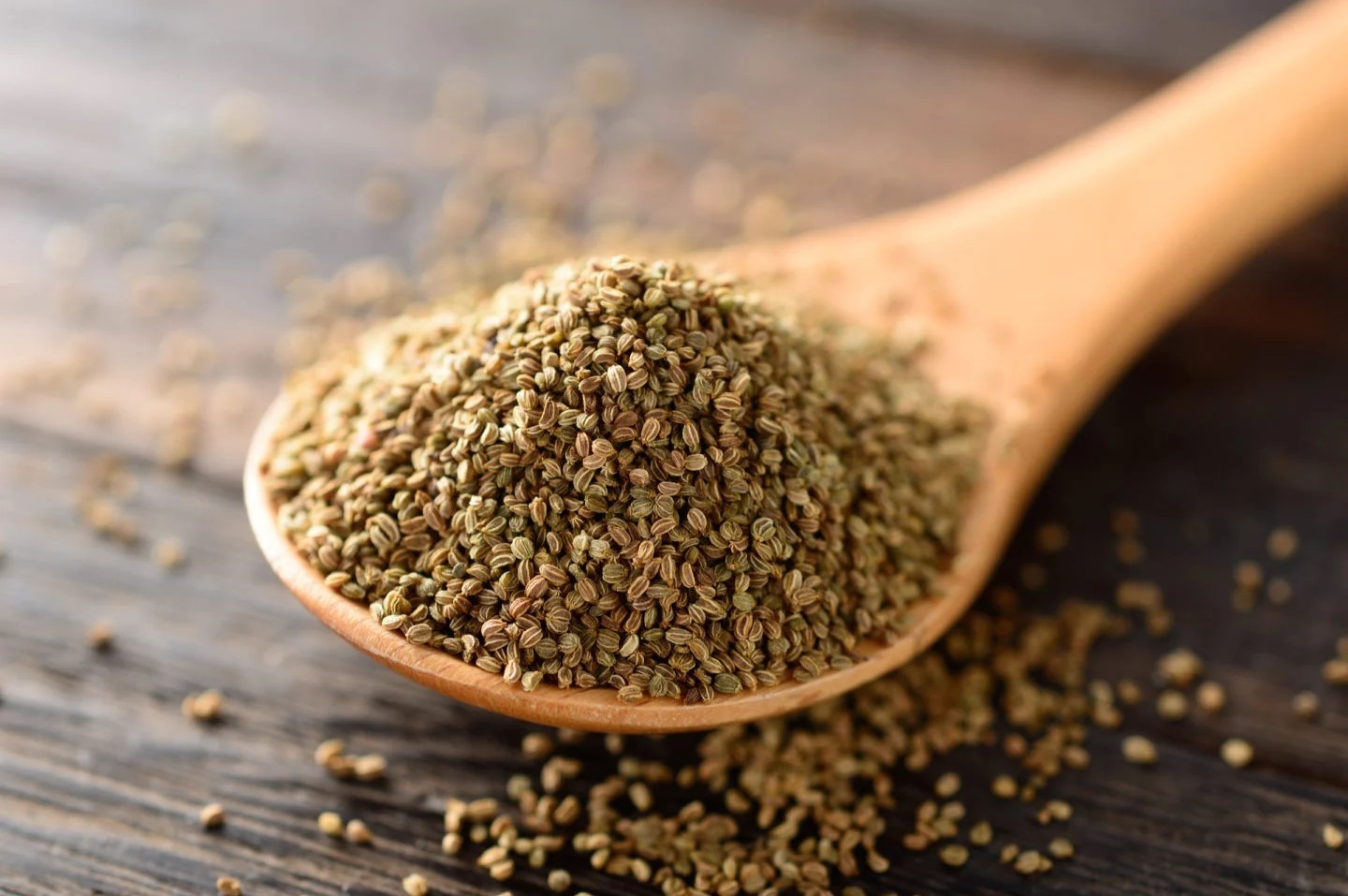

Garden Essentials
How Much Celery Seed Equals 2 Stalks Of Celery
Modified: March 16, 2024
Discover how much celery seed is equivalent to two stalks of celery in your garden. Learn the ideal conversion ratio for your next gardening adventure.
(Many of the links in this article redirect to a specific reviewed product. Your purchase of these products through affiliate links helps to generate commission for Storables.com, at no extra cost. Learn more)
Introduction
Celery is a versatile and nutritious vegetable that can be enjoyed in a variety of dishes. It is known for its distinct crunch and refreshing flavor, making it a popular choice in salads, stir-fries, and soups. But did you know that celery seed, derived from the mature flowers of the celery plant, can also be a valuable addition to your kitchen arsenal?
In this article, we will explore the benefits of celery seed and how it compares to celery stalks. We will also delve into the conversion ratio between the two, factors to consider when substituting one for the other, and provide you with some creative ideas on how to use celery seed as a substitute for celery stalks in your favorite recipes.
So, whether you’re looking to add more depth of flavor to your meals or simply want to make the most of what you have in your pantry, join us as we embark on a journey through the world of celery seed and its relationship with celery stalks.
Key Takeaways:
- Celery seed can be used as a flavorful substitute for celery stalks in recipes. Use 1 teaspoon of celery seed for every 2 stalks of celery to add a concentrated and intense taste to your dishes.
- When substituting celery seed for celery stalks, consider factors like flavor intensity, texture, and visual appeal. Experiment with creative uses, such as in spice blends, dressings, and soups, to discover unique flavors.
Read more: How Much Celery Seed Equals A Cup Of Celery
Benefits of Celery
Celery is not just a tasty addition to your meals; it also packs a punch when it comes to health benefits. Here are some of the reasons why incorporating celery into your diet is a great idea:
- Rich in Nutrients: Celery is low in calories but high in essential nutrients like vitamins A, K, and C, as well as folate and potassium. These nutrients contribute to healthy skin, strong bones, a robust immune system, and overall well-being.
- Aids Digestion: The high fiber content in celery helps promote a healthy digestive system by aiding regular bowel movements and preventing constipation. It can also act as a natural diuretic, helping to reduce bloating and water retention.
- Antioxidant Powerhouse: Celery contains several antioxidants, including flavonoids and vitamin C, which help protect the body against free radicals and oxidative stress. These antioxidants can help reduce inflammation, boost cardiovascular health, and lower the risk of chronic diseases like cancer.
- Heart-Healthy: Celery is a good source of phytonutrients called phthalides, which have been linked to reducing blood pressure levels. Consuming celery regularly may help maintain healthy blood pressure and support heart health.
- Hydration Support: With its high water content, celery can contribute to your daily hydration needs. Staying hydrated is important for healthy bodily functions, including regulating body temperature, lubricating joints, and promoting clear skin.
These are just a few of the many benefits that celery offers. Adding this crunchy vegetable to your meals can provide a nutrient boost while enhancing the taste of your dishes.
Celery Seed vs. Celery Stalks
While celery seed and celery stalks come from the same plant, they have distinct characteristics and uses. Let’s take a closer look at the differences between the two:
Celery Seed:
- Celery seed is derived from the mature flowers of the celery plant. These tiny brown seeds have a strong, concentrated flavor that is reminiscent of celery but with a more intense and slightly bitter taste.
- Celery seed is commonly used as a spice or seasoning in various cuisines. It is a key ingredient in pickling blends, spice mixes, and salad dressings.
- Due to its potent flavor, celery seed is often used in smaller quantities compared to celery stalks.
- In addition to adding a distinctive taste to dishes, celery seed is believed to have some health benefits. It is said to have anti-inflammatory properties, help reduce high blood pressure, and aid in digestion.
Celery Stalks:
- Celery stalks are the long, crisp, and fibrous parts of the celery plant. They have a milder flavor compared to celery seed and are known for their distinctive crunch.
- Celery stalks are versatile and can be eaten raw as a snack or added to salads, soups, stir-fries, and other cooked dishes.
- They are a great source of dietary fiber, vitamins, and minerals. Consuming celery stalks can help promote healthy digestion, hydration, and overall well-being.
- When using celery stalks in recipes, both the green leaves and the white stalks can be utilized, adding texture and flavor to your dishes.
While both celery seed and celery stalks offer unique qualities, they are not always interchangeable in recipes due to their distinct flavors. However, with the right knowledge and creativity, you can achieve delicious and flavorful dishes using either celery seed or celery stalks!
Conversion Ratio
If you find yourself with a recipe that calls for celery stalks but you only have celery seed on hand, you may be wondering how to convert the two. While there is no exact conversion ratio, here are some guidelines that can help you approximate the substitution:
For Recipes Requiring Whole Celery:
- For every 2 stalks of celery, you can substitute approximately 1 teaspoon of celery seed.
- If the recipe calls for chopped celery, use the same conversion ratio. For example, if the recipe calls for 1 cup of chopped celery, you can use 2 teaspoons of celery seed instead.
For Recipes Requiring Celery Salt:
- If you are substituting celery seed for celery salt, keep in mind that celery salt is a blend of salt and celery seed. To replace celery salt, use the same amount of celery seed and add salt separately to taste.
- For example, if the recipe calls for 1 teaspoon of celery salt, use 1 teaspoon of celery seed and adjust the salt content according to your preference.
Keep in mind that these conversion ratios are approximate and may vary depending on your personal taste preferences and the specific recipe you are working with. It’s always a good idea to start with a smaller amount of celery seed and adjust as needed to avoid overpowering the dish with the strong flavor of the seed.
Remember, experimentation is key when it comes to cooking and finding the right balance of flavors. Don’t be afraid to adjust the amounts to suit your taste buds and enjoy the process of exploring new flavors and substitutions!
1 teaspoon of celery seed is equivalent to about 2 stalks of celery. Use this measurement as a substitute when a recipe calls for fresh celery.
Factors to Consider
When substituting celery seed for celery stalks or vice versa, there are a few factors to consider to ensure the success of your recipe:
- Flavor Intensity: Celery seed has a more concentrated and intense flavor compared to celery stalks. Keep in mind that using too much celery seed can overpower the dish, so start with a smaller amount and adjust to taste.
- Texture: Celery stalks contribute a crisp and crunchy texture to dishes, while celery seeds add a subtle crunch. If texture is important in your recipe, consider how the substitution may impact the overall mouthfeel of the dish.
- Visual Appeal: Celery stalks are often used as a garnish due to their vibrant green color and attractive appearance. When substituting celery seed, you might miss out on the visual appeal that celery stalks provide. Consider adding other ingredients or herbs to compensate for the visual aspect.
- Recipe Cooking Time: If you are cooking a dish that requires a long cooking time, such as a stew or soup, celery seed may have enough time to infuse its flavor into the dish. However, if the recipe calls for a shorter cooking time or the celery stalks are meant to be enjoyed raw, the flavor profile and texture of celery seed may not be suitable.
- Personal Preference: Finally, always consider your own taste preferences and those of the people you are cooking for. If you or someone else in your household dislikes the stronger taste of celery seed, it may be best to stick with celery stalks or explore other substitutes.
Remember, cooking is a creative process, and adjustments can be made based on your personal preferences and the specific dish you are preparing. Don’t be afraid to experiment and explore different combinations to find what works best for you.
Ultimately, the goal is to create a dish that is delicious, balanced in flavor, and enjoyable to eat. Whether you choose to use celery seed, celery stalks, or a combination of both, have fun in the kitchen and appreciate the versatile nature of this wonderful vegetable!
Read more: How To Plant Celery Seeds
How to Use Celery Seed as a Substitute
If you find yourself in a situation where you need to substitute celery seed for celery stalks in a recipe, here are some creative ways to incorporate celery seed and still achieve a delicious dish:
- Seasoning and Spice Blends: Celery seed is commonly used in various spice blends, such as Cajun seasoning, curry powder, and pickling spices. You can create your own homemade spice blends by combining celery seed with other herbs and spices to add a distinct flavor to your dishes.
- Dressings and Sauces: Celery seed can lend a unique taste to homemade dressings and sauces. Add a pinch of celery seed to your vinaigrette, marinades, or barbecue sauce to elevate the flavor profile.
- Vegetable Stir-Fries: While celery stalks are often used in stir-fries for their crunch and texture, you can still achieve a similar effect by sprinkling some celery seed into your vegetable stir-fries. The seeds will infuse their flavor while adding a subtle crunch to the dish.
- Soups and Stews: If you’re making a soup or stew that calls for celery stalks, consider adding a sprinkle of celery seed to impart a distinct celery flavor. The seed will add depth to the broth, making it even more robust and flavorful.
- Roasted Vegetables: When roasting vegetables, sprinkle a small amount of celery seed along with other seasonings to enhance the flavor profile. The warmth of the oven will release the aroma of the seed, infusing your roasted vegetables with a subtle hint of celery.
Remember, when using celery seed as a substitute, start with a small amount and adjust to taste. The intensity of the flavor can vary depending on the brand and quality of the celery seed, so it’s always a good idea to taste as you go and make any necessary adjustments.
Additionally, keep in mind that celery seed generally works best in cooked dishes where it has enough time to release its flavor. In recipes that call for raw celery, using celery seed may not provide the desired crunch or texture.
Getting creative with substitutions can open new culinary possibilities and broaden your flavor profile. So, don’t hesitate to experiment with celery seed and enjoy the unique taste it brings to your favorite dishes!
Conclusion
Celery seed and celery stalks both have their own distinct characteristics and uses, but they can also be interchangeable in certain situations. Understanding the conversion ratio and considering various factors can help you successfully substitute one for the other in your recipes.
Celery seed offers a concentrated and intense flavor, making it a great addition to spice blends, dressings, soups, and roasted vegetables. Its health benefits, such as its anti-inflammatory properties and potential to reduce blood pressure, add to its appeal. On the other hand, celery stalks provide a delightful crunch and are versatile for use in salads, stir-fries, and as a garnish.
When substituting celery seed for celery stalks or vice versa, it’s important to consider factors like flavor intensity, texture, and visual appeal. Adapting recipes to accommodate the substitution and tailoring the amount of celery seed to personal taste preferences will ensure a successful outcome.
Exploring the use of celery seed as a substitute can add a new dimension to your cooking repertoire. The creative ways to incorporate celery seed in seasonings, dressings, stir-fries, soups, and roasted vegetables provide opportunities to experiment and discover unique flavors.
As with any culinary adventure, it’s important to enjoy the process of experimenting with flavors and finding the right balance. While celery seed and celery stalks may have their differences, both can contribute to delicious and satisfying meals.
So, the next time you find yourself without celery stalks or want to add a little twist to a recipe, consider reaching for celery seed. With its robust flavor and potential health benefits, it might just become a staple in your kitchen. Embrace the versatility of celery in all its forms and enjoy the culinary possibilities it offers!
Frequently Asked Questions about How Much Celery Seed Equals 2 Stalks Of Celery
Was this page helpful?
At Storables.com, we guarantee accurate and reliable information. Our content, validated by Expert Board Contributors, is crafted following stringent Editorial Policies. We're committed to providing you with well-researched, expert-backed insights for all your informational needs.
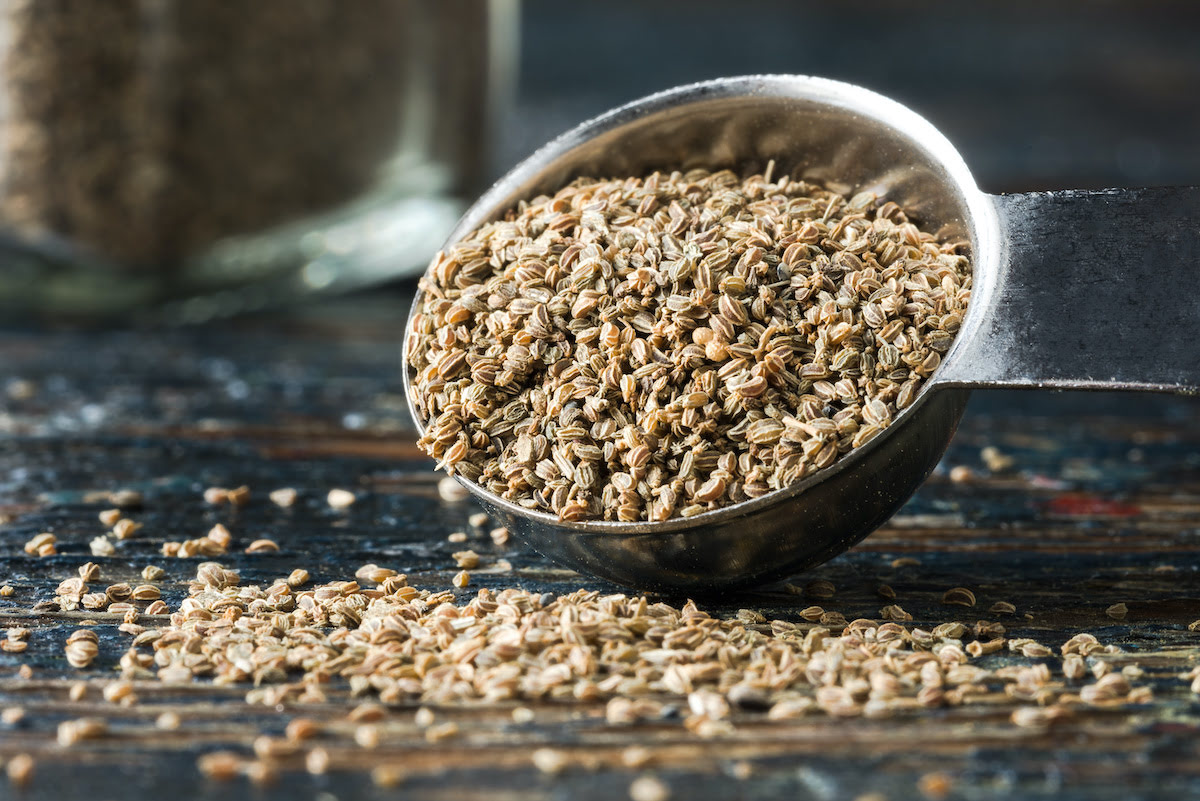
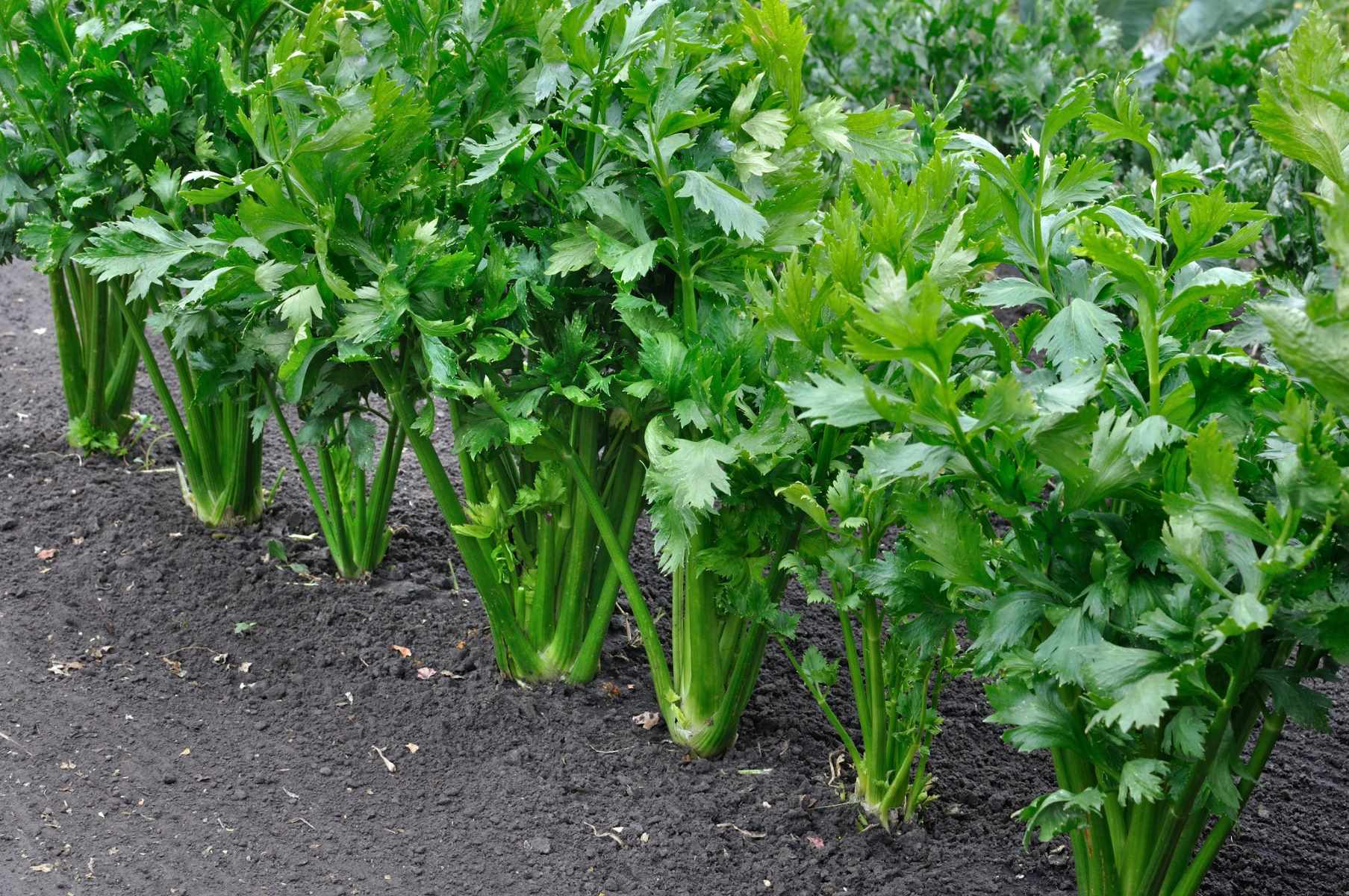
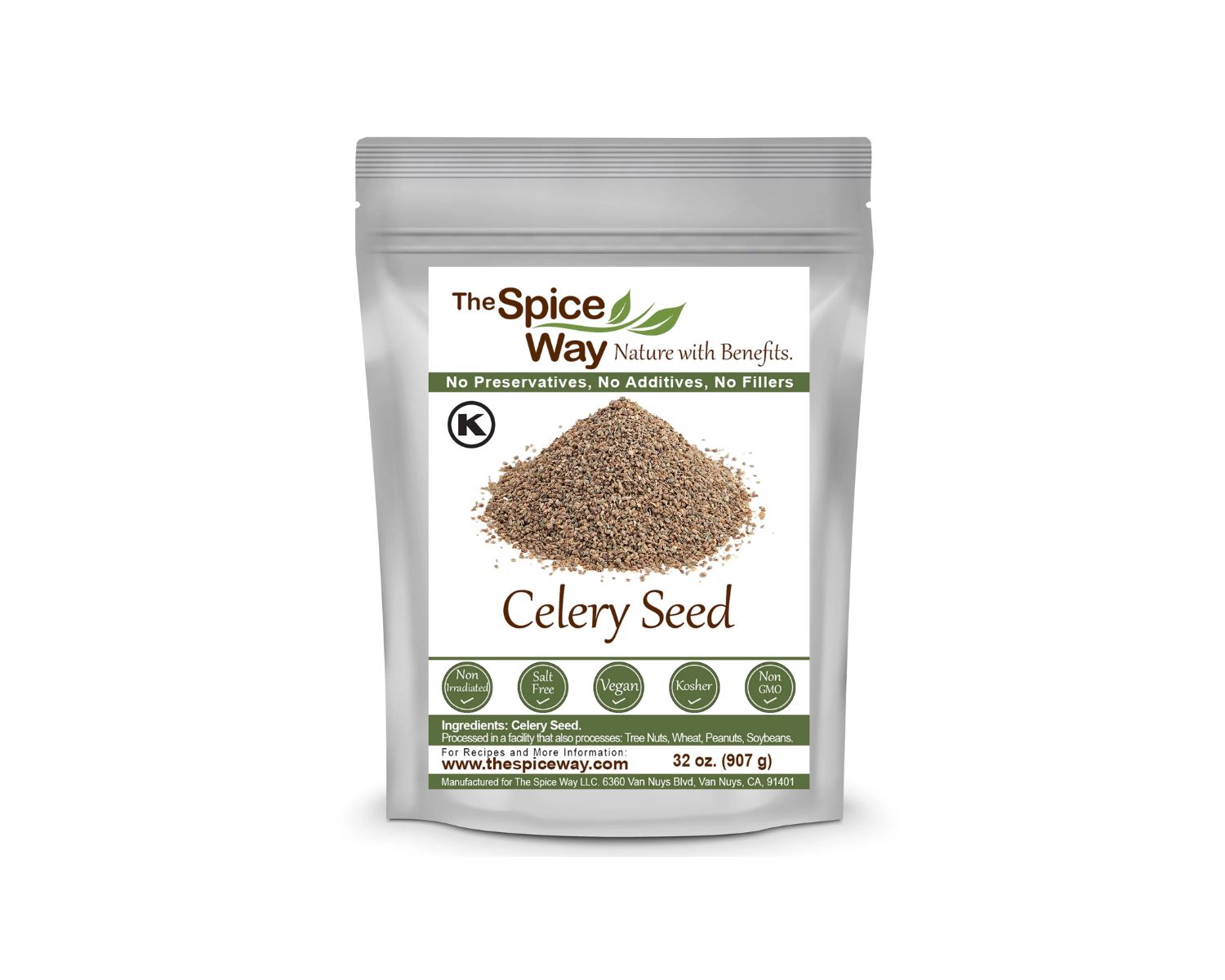
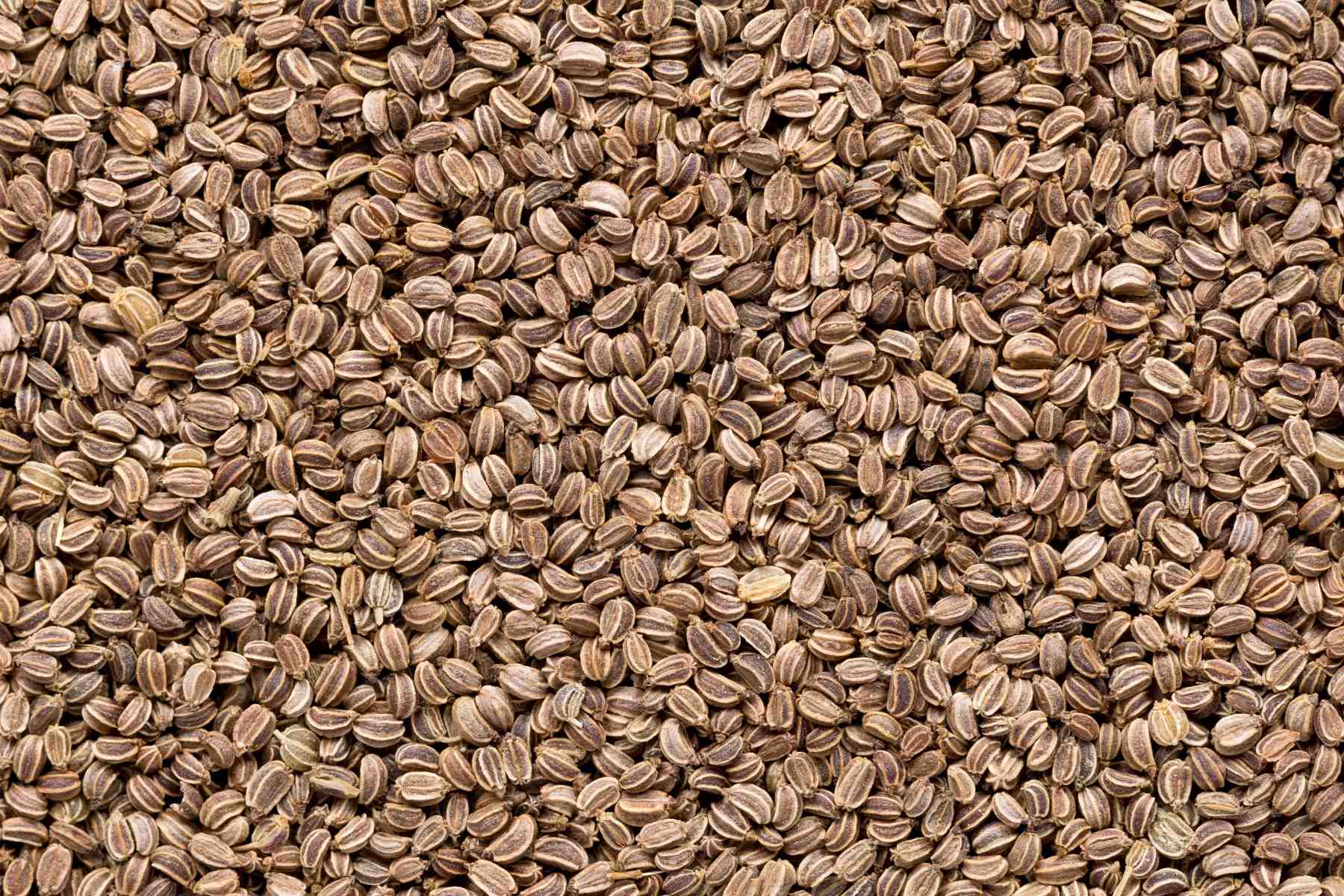
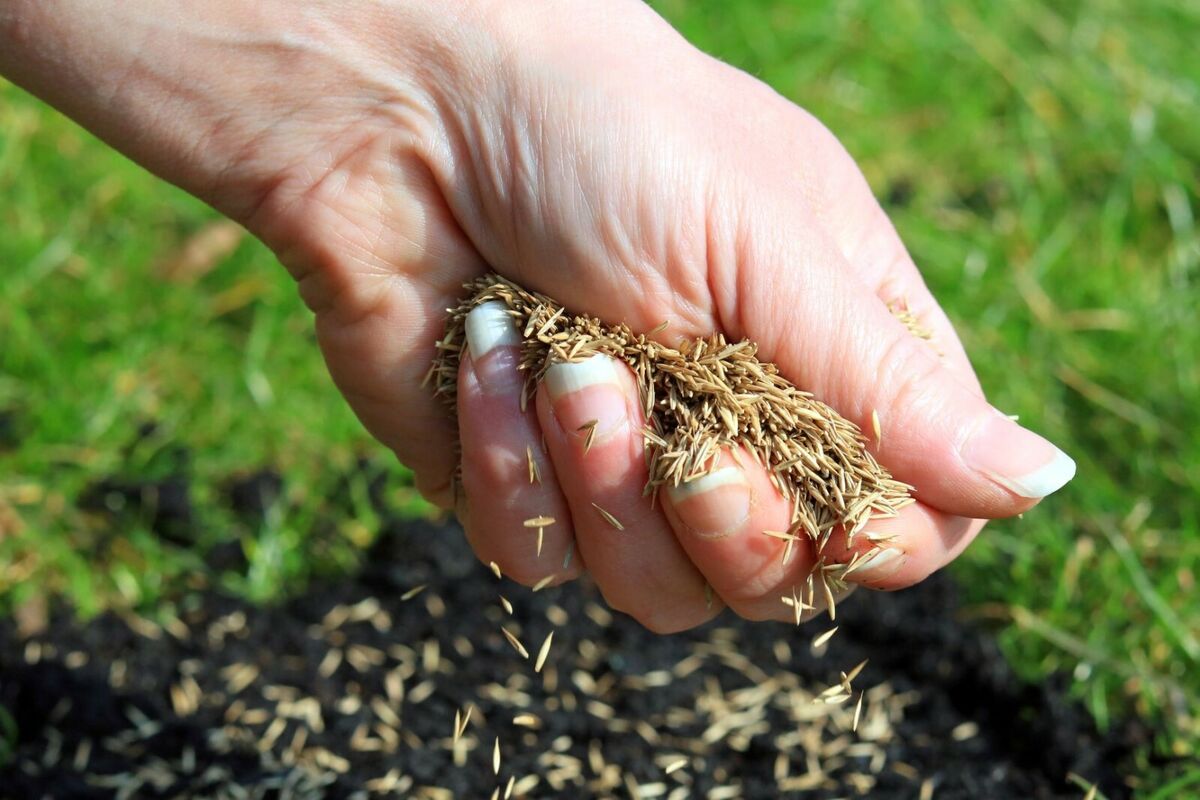
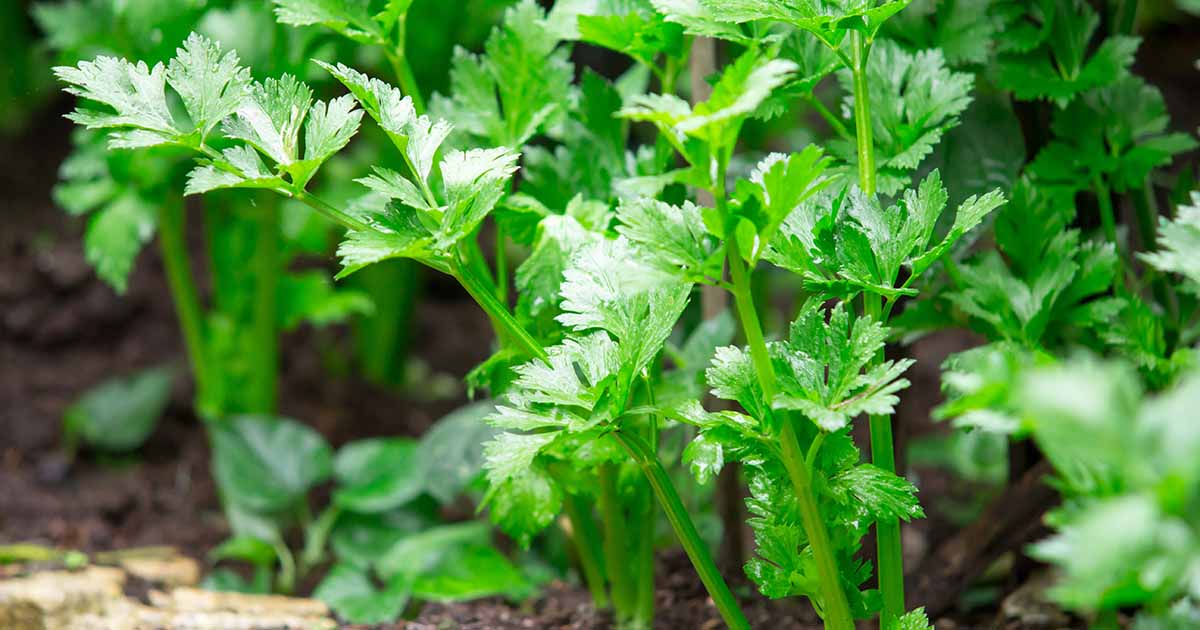
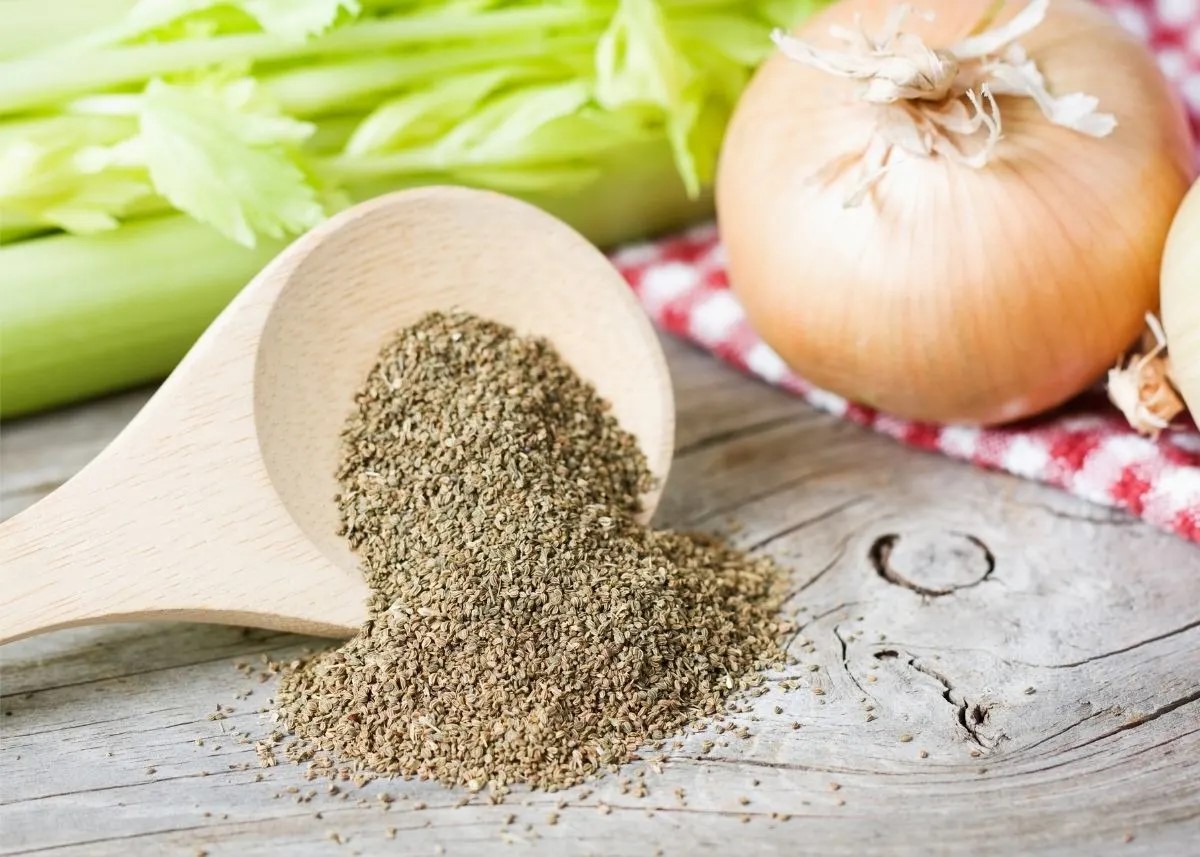
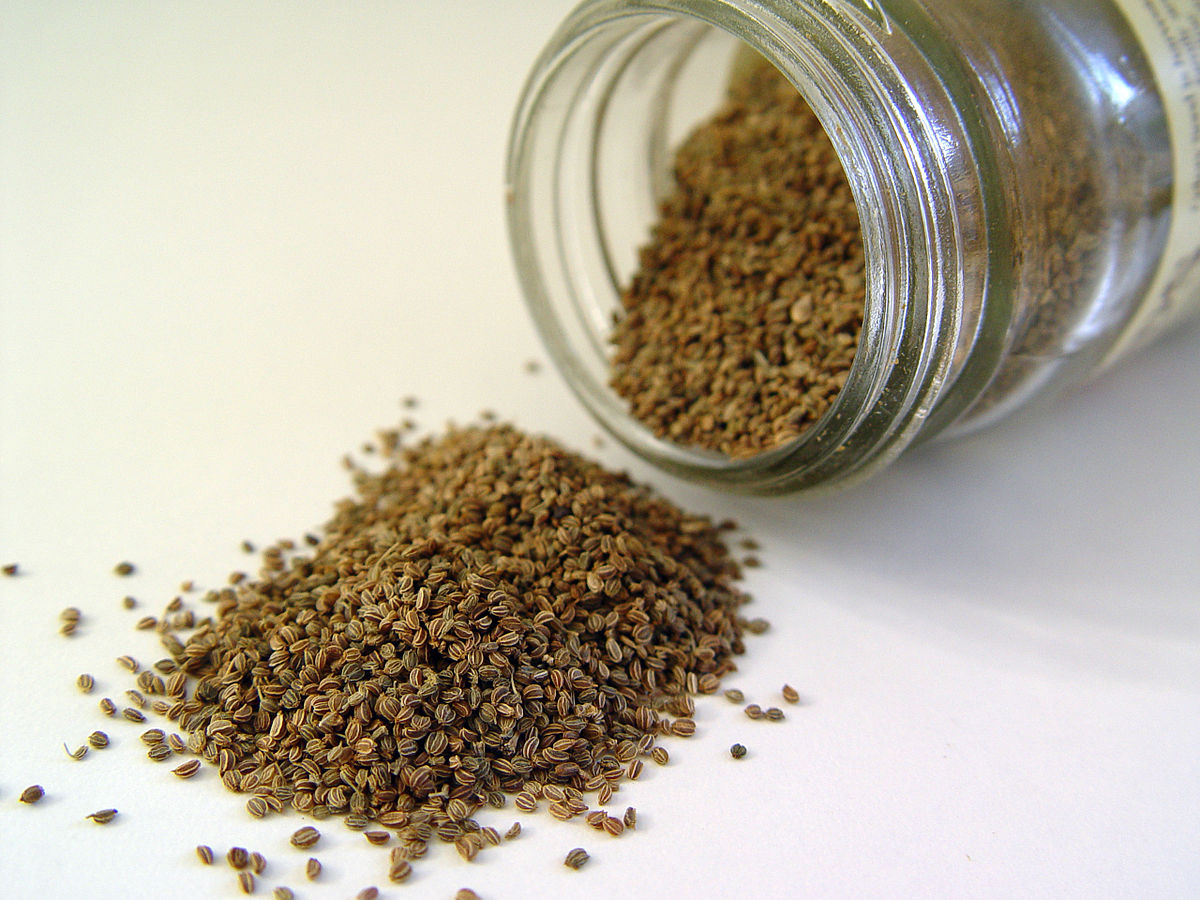

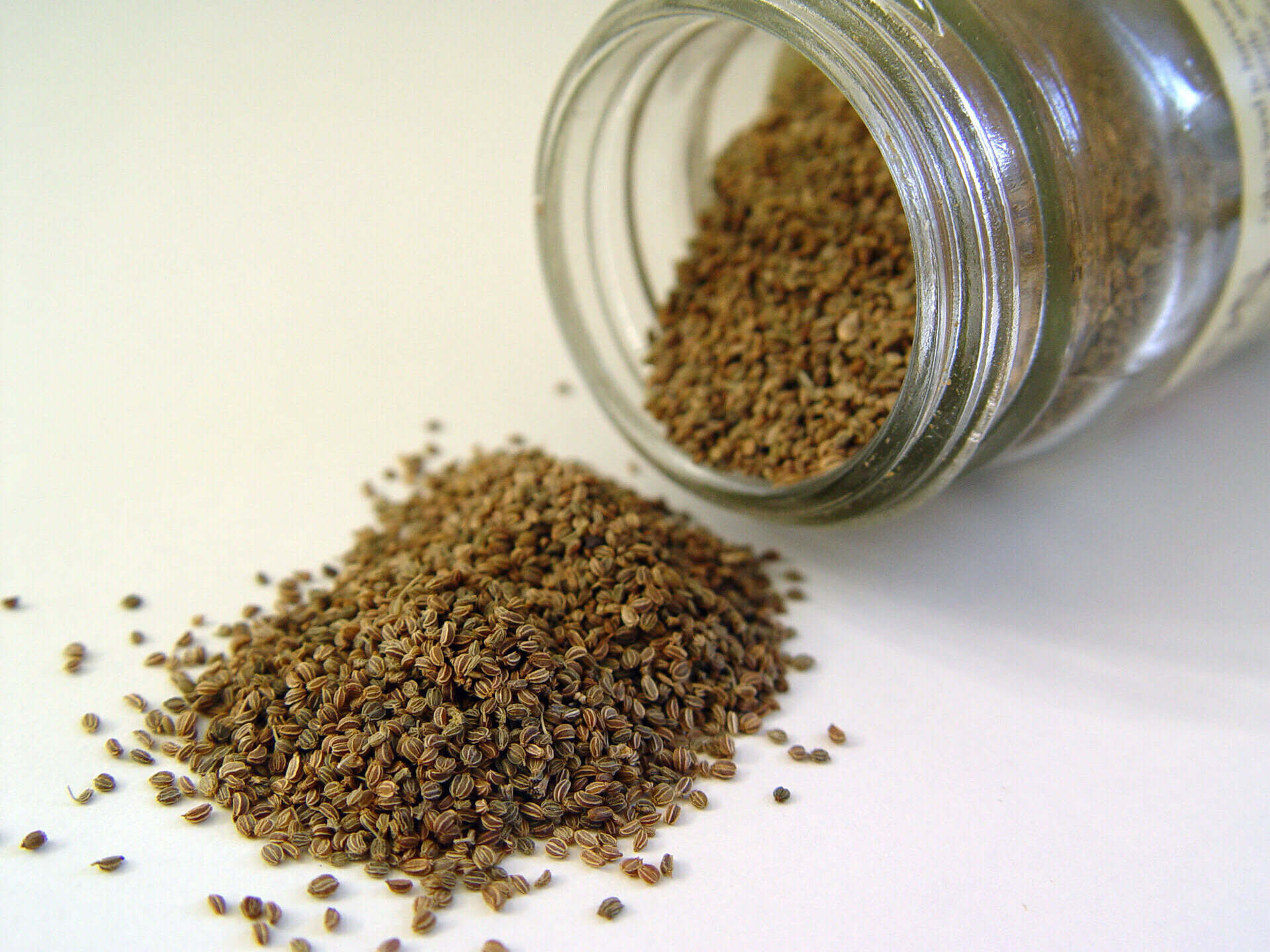
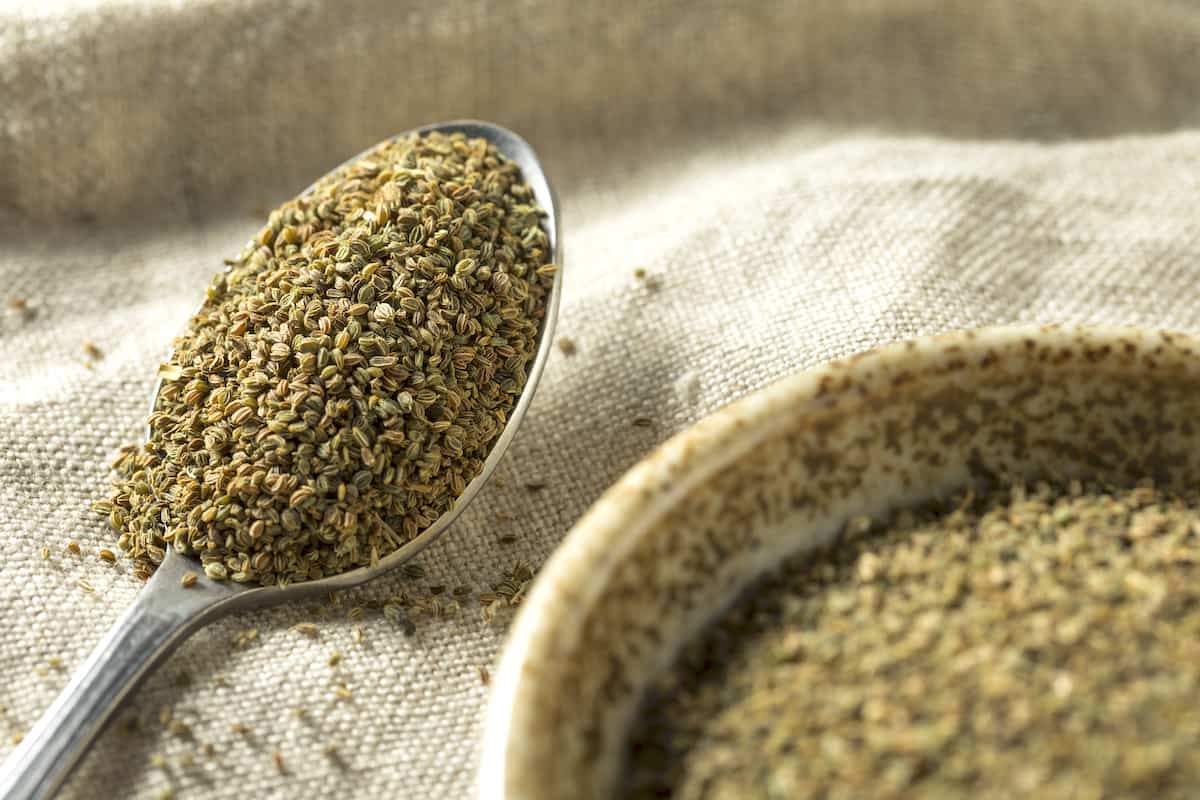
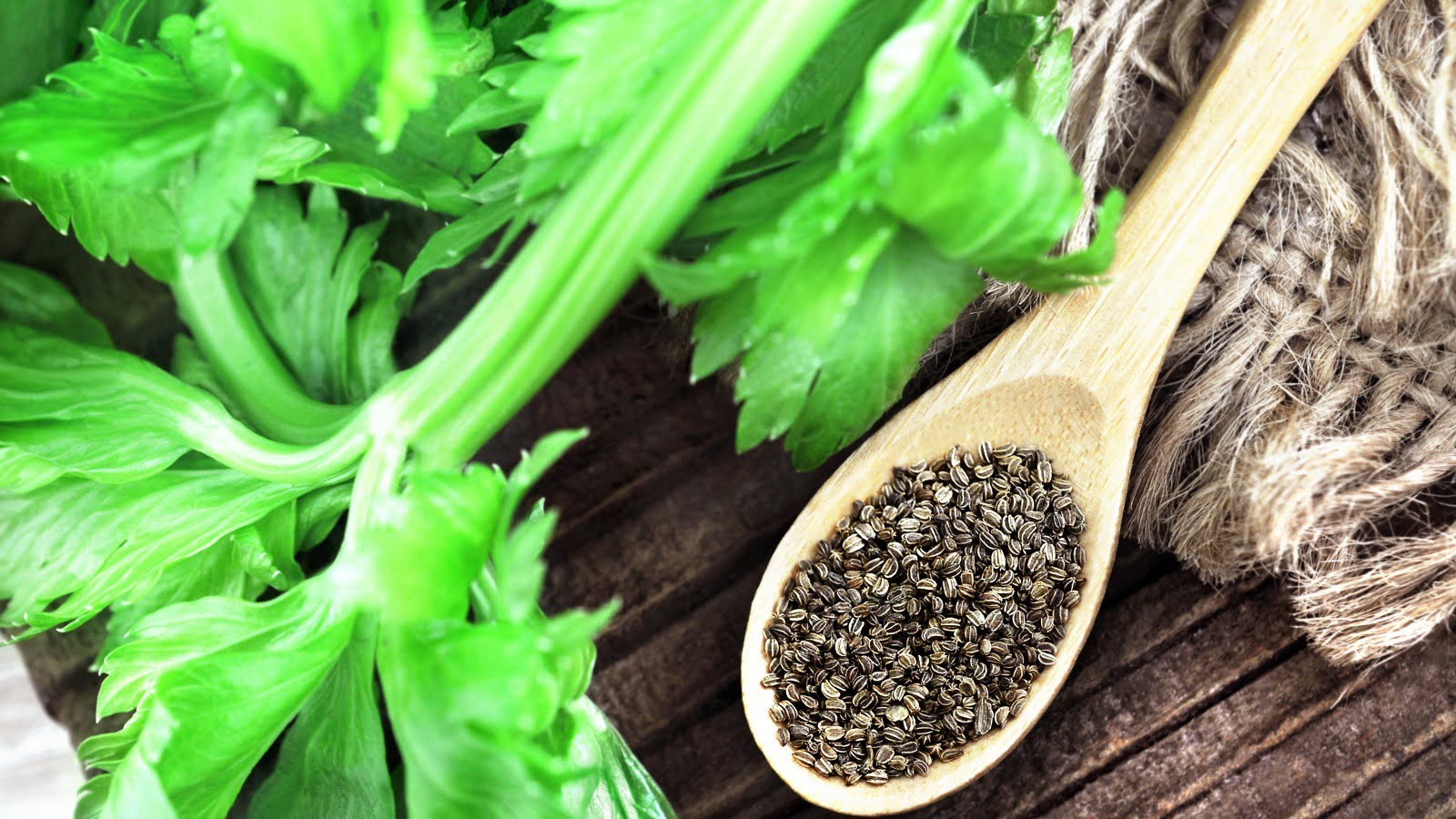

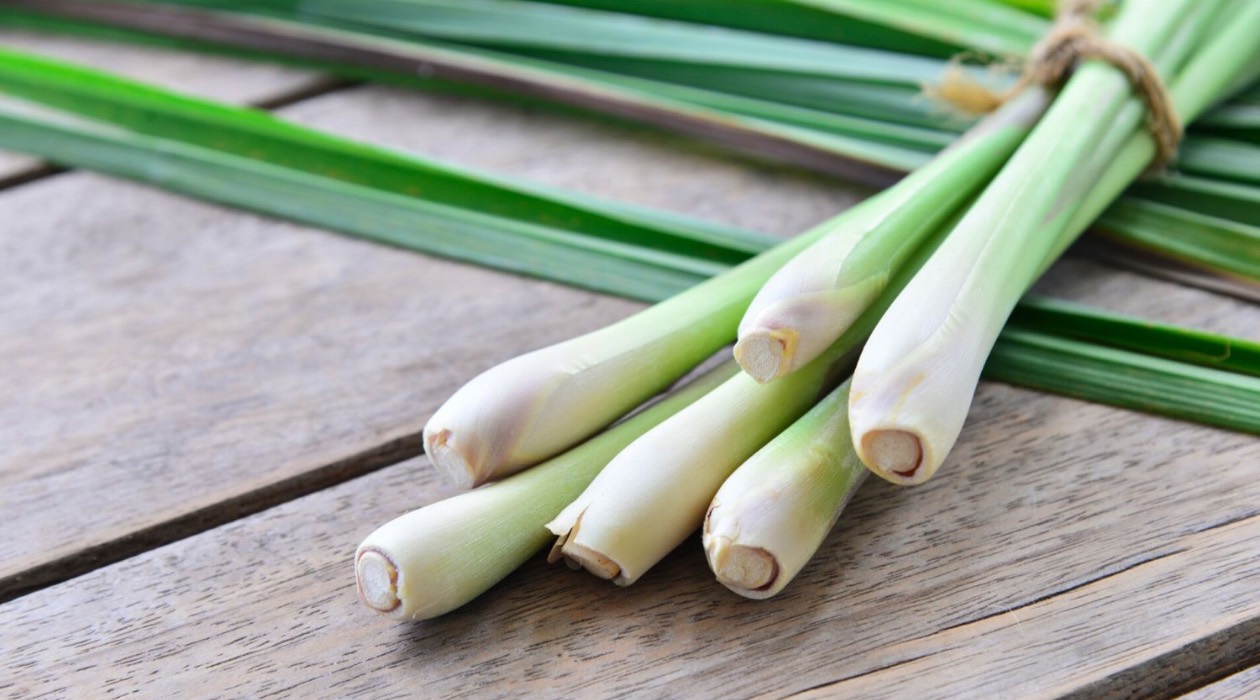

0 thoughts on “How Much Celery Seed Equals 2 Stalks Of Celery”